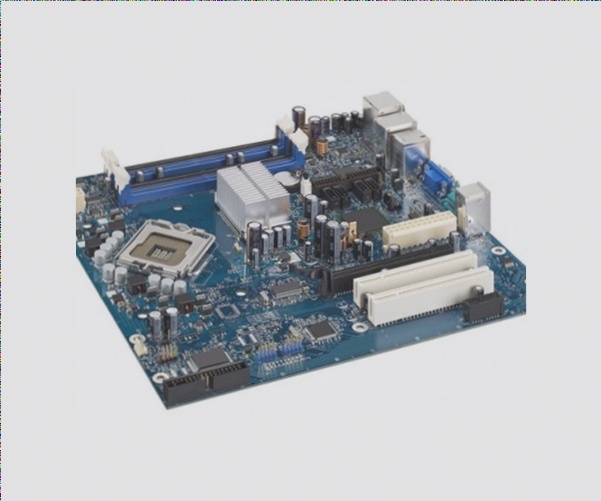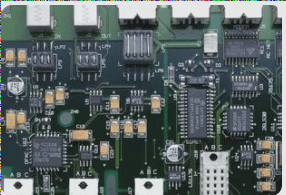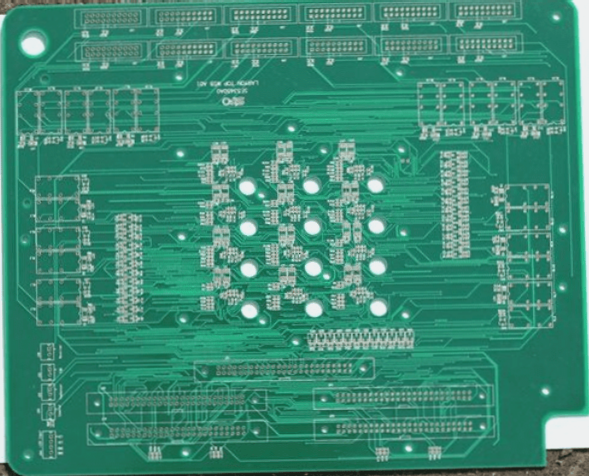Essential Anti-Static Requirements in PCB Processing
PCB processing is a crucial technology in electronic manufacturing, involving sensitive components that require strict static electricity protection measures. Here are the key anti-static requirements:
Workshop Anti-Static Requirements
- Equip the workshop with proper anti-static facilities and ensure reliable grounding.
- Maintain a constant temperature and humidity.
- Designate static-safe working areas and display warning signs.
- Regularly inspect grounding systems inside and outside the workshop.
- Control temperature at (25±2)°C and humidity at 65%±5% RH.

Employee Electrostatic Protection Requirements
- Wear designated anti-static overalls and shoes in the anti-static area.
- Use grounding wrist straps or foot straps before handling sensitive components.
- Avoid items that generate static electricity in the anti-static area.
- Store components in anti-static packaging and follow proper handling procedures.
- Use grounding devices on trolleys and shelves.
Operational Considerations
- Discharge static electricity by touching the work surface before handling components.
- Position devices pin-down on the table for static dissipation.
- Grasp integrated circuits by the body to avoid contact with pins.
- Handle electronic components by the edges of the PCB.
- Avoid dragging or sliding components on surfaces.
- Keep non-conductive materials away from static-safe work areas.
- Remove components from anti-static packaging only in safe work areas.



